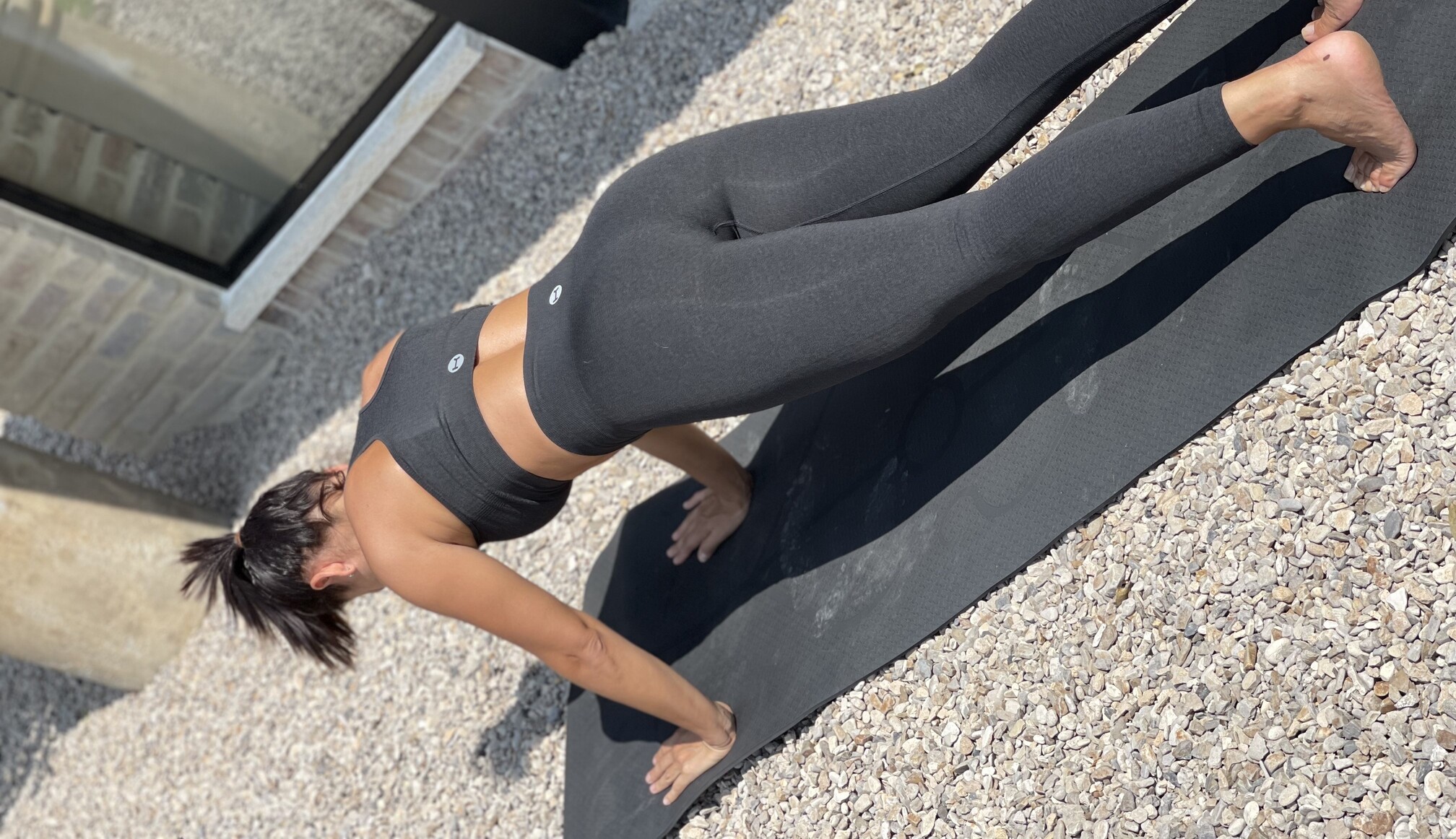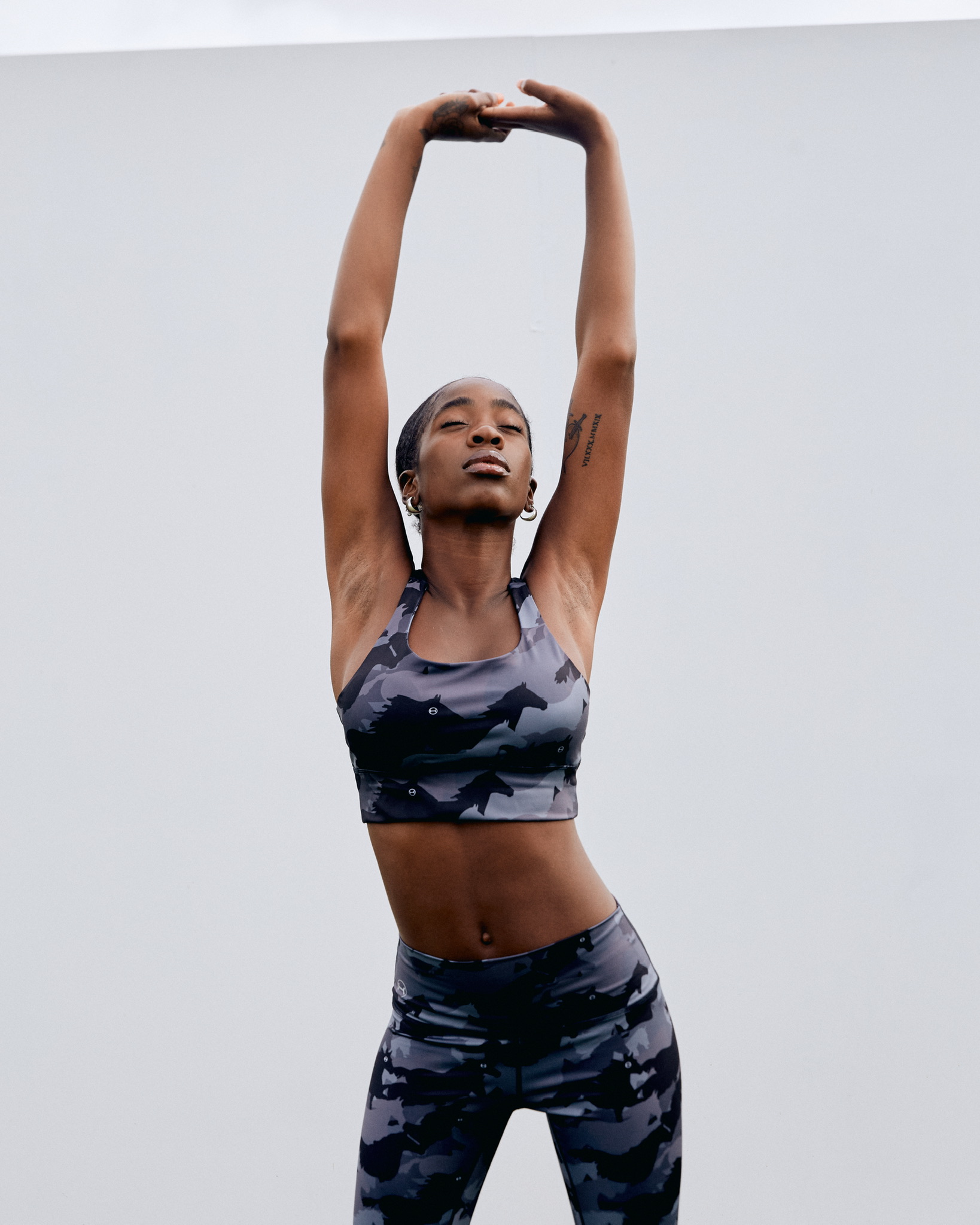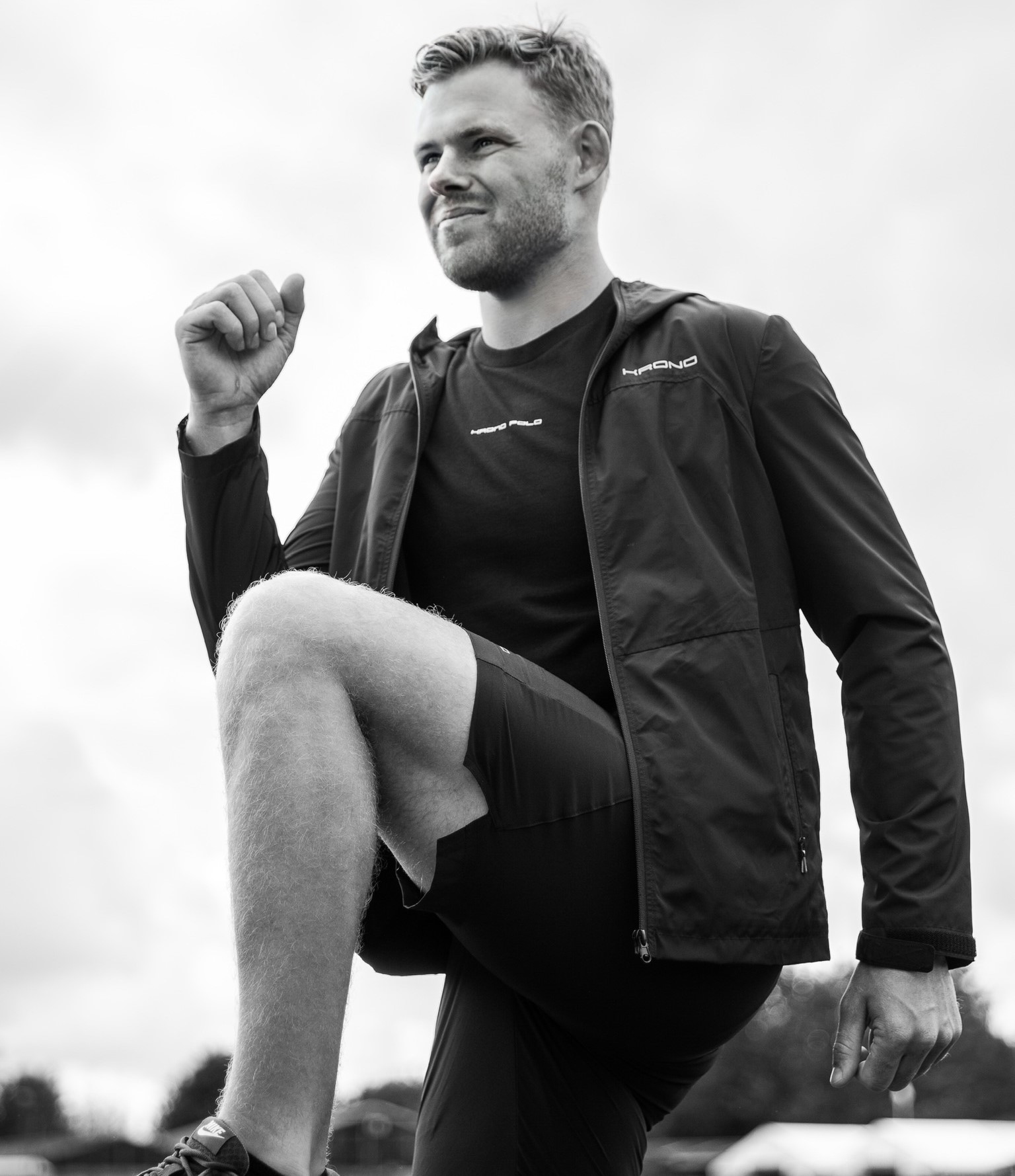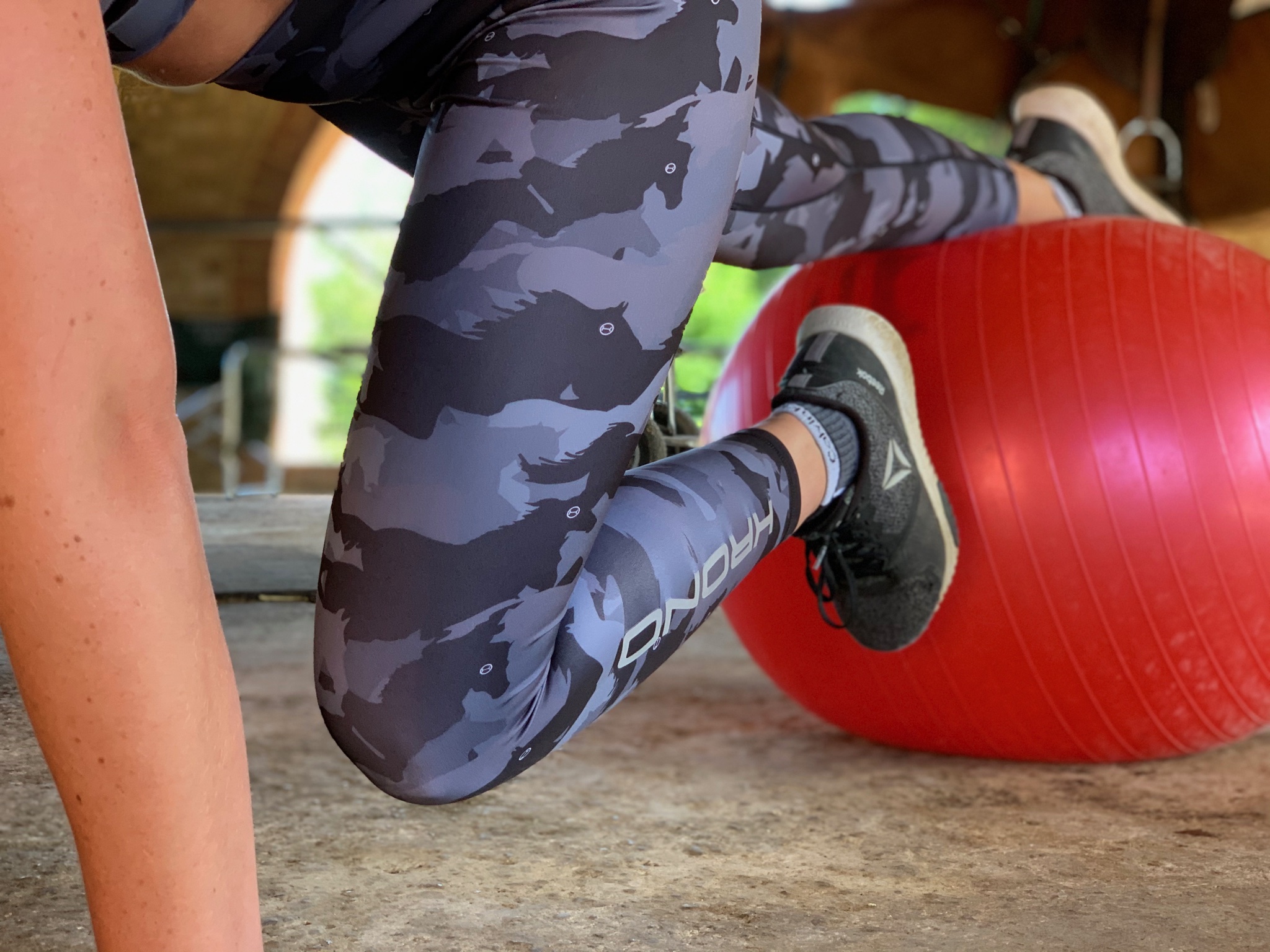It's a new year and a new opportunity to set goals and make a fresh start. For many polo players, that means focusing on getting fit and in shape for the upcoming season.
Polo is a sport that requires a unique combination of
strength, endurance, power, and agility. In order to perform at your best on
the field, you need to make sure that your body is up to the task. Here, we
will explore some tips for getting fit for polo and how to train for the
sport's specific demands.
Cardiovascular training is an essential aspect of
getting fit for the game of polo. Polo is a high-intensity sport that requires
players to have good endurance and stamina, as well as the ability to recover
quickly from short bursts of intense activity. Here are a few tips for
cardiovascular training for polo:
Interval Training:
Interval training is a great way to improve your cardiovascular fitness for
polo. This type of training involves alternating periods of high-intensity
exercise with periods of rest or low-intensity exercise. Interval training can
be done using a variety of exercises such as running, cycling, or swimming, and
can be tailored to match the demands of polo.
Fartlek Training: Fartlek
training is a type of interval training that involves varying the intensity and
duration of the exercise. This type of training mimics the stop-and-go nature
of polo and can help to improve your ability to recover from short bursts of
intense activity.
Endurance Training:
Endurance training is also important for polo players. Longer-duration
activities such as distance running or cycling can help to build your endurance
and improve your ability to recover from fatigue during a game.
Circuit Training: Circuit
training combines cardiovascular and strength training, it can be a great way
to improve overall fitness, it can also be customized to mimic the patterns of
the game, by adding exercises to simulate the movements of Polo.
Plyometric Exercises:
Plyometric exercises such as jump squats, box jumps or bounding, can help to
improve power and speed, which are essential for Polo.
It's important to consider your current fitness level and
gradually increase the intensity and duration of your training as you progress.
Additionally, it's important to monitor the volume and intensity of your
training, taking the necessary rest and recovery time, and focusing on injury
prevention.

Strength training is an essential aspect of getting
fit for the game of polo. Polo requires players to have a good level of overall
body strength to handle the physical demands of the sport. Here are a few tips
for strength training for polo:
Whole-body exercises: Polo
requires players to use all of their body's muscle groups, so it's important to
incorporate exercises that work multiple muscle groups at once. Exercises such
as squats, lunges, deadlifts, and chin-ups are great for this.
Core training: A strong
core is essential for maintaining balance and stability while playing polo.
Incorporating exercises such as planks, Russian twists, and leg raises will
help to target the core muscles.
Shoulder stability: Polo
players need to have good shoulder stability to avoid injuries and to be able
to generate power when swinging the mallet. Incorporating exercises such as
shoulder press, overhead press, and pull ups, will help to improve shoulder
stability.
Dynamic exercises: Polo
requires quick and explosive movements, incorporating dynamic exercises such as
medicine ball slams, box jumps, and kettlebell swings can help improve power
and explosiveness, which are important for Polo.
Balance and stability:
Polo players need to have good balance and stability to maintain control of the
horse and to be able to change direction quickly. Incorporating exercises such
as single-leg exercises, balance exercises and stability balls will help to
improve balance and stability.
Training programs:
Consultation with a professional coach, can help players to tailor a program
that will address the specific needs of the sport, as well as to track
progress, monitor the volume and intensity of the training and make adjustments
if needed.
It's important to consider your current fitness level and
gradually increase the weight and intensity of your training as you progress.
Additionally, focusing on proper form, technique and injury prevention,
monitoring the volume and intensity of the training, taking the necessary rest
and recovery time, and focusing on injury prevention are also important factors
to consider.
Core training; there are several exercises that you
can do to build strength and stability in your abdominal and back muscles. Here
are a few examples of exercises that can help you develop a strong core:
Planks: Planks are a great
exercise for building core strength. Start in a push-up position with your
forearms on the ground and your body in a straight line. Hold the position for
30 seconds to 1 minute, or as long as you can, and then rest for a few seconds
before repeating the exercise.
Russian twists: Sit on the
ground with your knees bent and your feet flat on the floor. Hold a weight or a
medicine ball in your hands and lean back slightly. Twist your torso to the
right and touch the weight to the ground beside you, then twist to the left and
touch the weight to the ground on the other side. Do this exercise for 20 to 30
repetitions, or as many as you can do with good form.
Abdominal crunches: Lie on
your back with your knees bent and your feet flat on the floor. Place your
hands behind your head and lift your shoulders off the ground, using your
abdominal muscles. Lower your shoulders back to the ground and repeat the
exercise for 20 to 30 repetitions.
Deadlifts: Deadlifts are a
compound exercise that work many muscle groups, including the core. Keep your
back straight and lift the weight using your legs and glutes, targeting your
lower back muscles.
Standing core twists:
Stand with your feet hip-width apart and your arms stretched out in front of
you. Twist your torso to one side and then the other, feeling the contraction
in your oblique muscles.
It's important to remember to not only focus on your
abdominal muscles but also on your lower back, since they are all important in
maintaining balance and control on horseback. Also, make sure to use proper
form and start with light weight or no weight at all if you're new to these
exercises, and gradually increase the intensity and weight as your strength
improves.
You should try to incorporate these exercises into your
regular workout routine, doing them 2-3 times a week. You should also
complement it with a well-rounded physical training, to enhance your
cardiovascular and overall body strength.
Power training is an important aspect of preparing
for the game of polo, as it can help you generate more force and power in your
shots and movements on the field. Here are a few exercises and training methods
that can help you develop power for the game of polo:
Plyometrics: Plyometrics
are exercises that involve explosive, powerful movements. Examples of
plyometric exercises include box jumps, bounding, and depth jumps. These
exercises can help you develop power in your legs, which will help you generate
more force in your shots and movements on the field.
Olympic lifts: Olympic
lifts such as the clean and jerk and the snatch are powerful exercises that can
help you develop explosive power in your upper body. These exercises involve
rapidly accelerating a barbell from the ground to the shoulders or overhead,
and they can help you develop the power you need to make strong, accurate shots
in polo.
Medicine ball throws:
Throwing a medicine ball is a great way to develop power in your upper body.
You can do exercises such as standing chest passes, standing overhead throws,
and seated rotational throws to target different muscle groups and develop power
in your shoulders, arms, and core.
Power endurance: Power
endurance is the ability to maintain power output over time. To develop this,
you can include exercises such as hill sprints, plyometric circuit training or
short interval sprints.
Power snatch or power clean:
These variations of the classic lifts can help you in developing explosive
power while maintaining good form.
Horseback power exercises: Finally, make sure to practice your shots and other movements on horseback with a focus on power, this way you can implement the power you've been developing on the ground to the game.
Flexibility training is an important component of any athlete's training regimen, and this is especially true for the game of polo. Polo players need to be able to move quickly and fluidly on horseback, so it's important to have a wide range of motion in your joints and muscles.
Here are a few exercises that can help improve your
flexibility for polo:
Dynamic stretching: This
type of stretching involves moving your joints and muscles through their full
range of motion. This can include exercises such as leg swings, arm circles,
and torso twists.
Yoga: Yoga is a great way
to improve flexibility and balance, both of which are essential for playing
polo. Many yoga poses target the muscles used in riding, such as the core,
hips, and back.
PNF stretching: PNF
(proprioceptive neuromuscular facilitation) stretching is a form of stretching
that involves contracting the muscle you're stretching before relaxing it. This
helps to increase blood flow to the muscle and can help to improve flexibility
more quickly.
Self Myofascial Release:
foam rolling and using a massage ball on certain areas of your body can help
release tension and improve flexibility. It can also be a good way to release
muscle soreness.
It's important to note that
flexibility training should be done regularly, ideally as part of your regular
workout routine. It's also important to start slowly and build up gradually, to
avoid injury.
Also make sure you are doing a
proper warm up before playing, this will help you to prevent injury by warming
up the muscles and get ready for the sport.
Sports-specific drills are exercises that simulate
the movements and skills used in a particular sport, in this case Polo. These
drills can help to improve your technique, coordination, and overall performance
on the field. Here are a few examples of sports-specific drills that can help
you improve your polo skills:
Stickwork drills: These
drills involve practicing different swings and shots with your polo mallet.
This can include practicing hitting the ball off the ground, hitting it while
galloping, or hitting it on the run.
Riding drills: These
drills involve practicing different riding maneuvers, such as making tight
turns, galloping, and jumping. This can also include practicing balance and
coordination while on horseback.
Team drills: These drills
involve practicing different strategies and plays with your team. This can
include working on set plays, defensive maneuvers, and communication on the
field.
Chukker drills: Polo is
played in chukkers (periods), these drills will involve simulating a chukker
with different scenarios and situations. It can include practicing how to close
gaps and defend, and how to lead a breakaway and score.
Scrimmages: Scrimmages are
a great way to put your skills into practice and get used to the pace and
physical demands of the game.
Physical conditioning drills:
Polo is a physically demanding sport. It's important to train your body to be
ready for the demands of the game. Training your cardiovascular system, core,
and legs will all be important for playing polo.
Remember that as you work on these drills and improve your
skills, it's also important to continue working on flexibility and conditioning
to help prevent injury.
Again, we recommend consulting with a professional coach or trainer for guidance on how to properly execute these drills and to create a personalized training program based on your goals and current abilities.
Consistency is key. Setting up a training schedule and
sticking to it will help you to see progress and reach your goals.
In conclusion, getting fit for polo requires a combination of cardiovascular, strength, core, power, flexibility and sport-specific training. With proper training and conditioning, you can improve your performance on the field and increase the chances of injury prevention. By following these tips and working on the specific demands of the sport, you'll be on your way to becoming a better polo player.
For more training advice, the best is to contact professional polo fitness instructors; here are some amazing coaches specialised in equestrian fitness:
Click for the link




